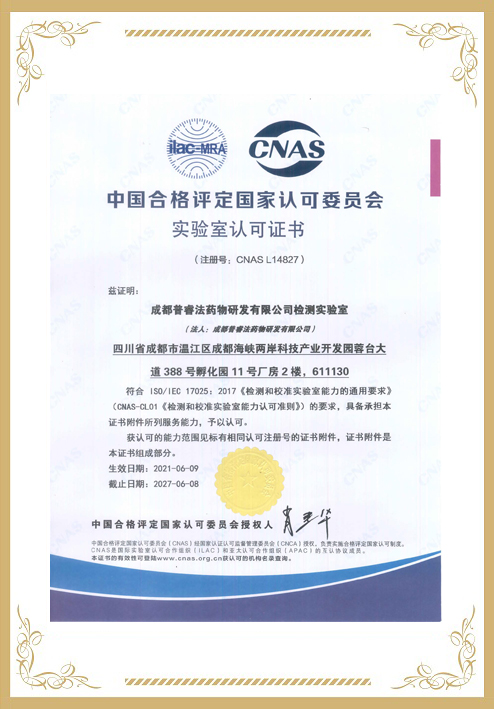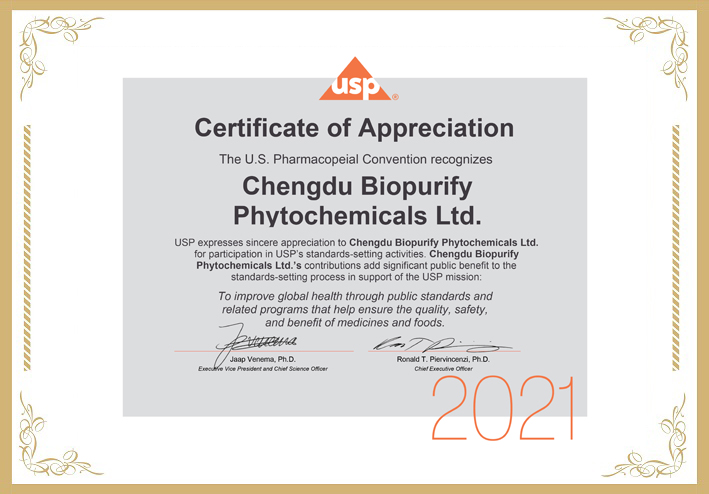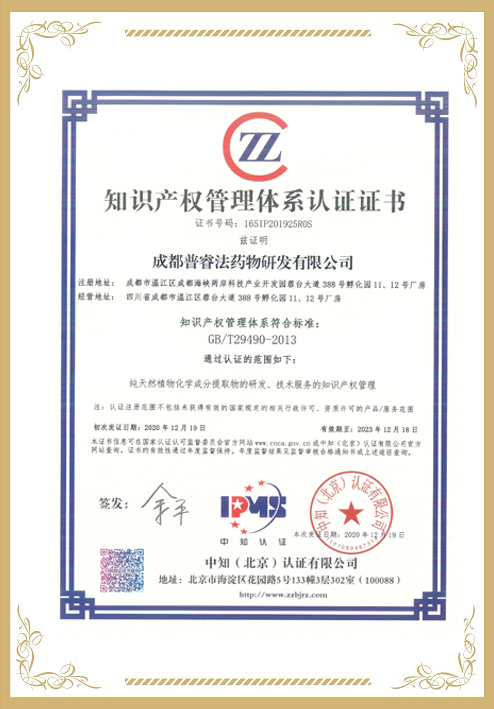Review ArticlesMyths and Facts About Allograft Use in Anterior Cruciate Ligament Reconstruction: A Detailed Review of the Literature
Paul, Benjamin R. BS1,a; Robaina, Joey MD2; Parmar, Romir BS2; Carter, Thomas MD2; Shah, Anup MD2Author Information
JBJS Reviews 13(4):e25.00013, April 2025. | DOI: 10.2106/JBJS.RVW.25.00013Open
Abstract
» Patient-Specific Graft Selection: Graft selection for anterior cruciate ligament reconstruction (ACLR) requires a nuanced approach that considers various patient-specific factors, such as age, activity level, comorbidities, and surgical goals. Generally, allografts are preferred for older patients with less active lifestyles, whereas autografts are more suitable for younger, active patients because of autografts' lower retear rates.
» Impact of Sterilization Techniques: Sterilization and processing techniques significantly affect the biomechanical properties and outcomes of allografts. While high-dose irradiation reduces allograft strength and compromises healing, low-dose irradiation or nonirradiated grafts offer superior biomechanical and clinical outcomes. However, standardized sterilization protocols are yet to be established.
» Comparative Outcomes of Allografts and Autografts: Evaluating the literature on allografts vs. autografts in ACLR remains challenging because of the significant variability in patient characteristics, outcome measures, graft strength testing, and sterilization techniques across studies.























